Griffon Vultures: Majestic Birds of Prey in the Skies
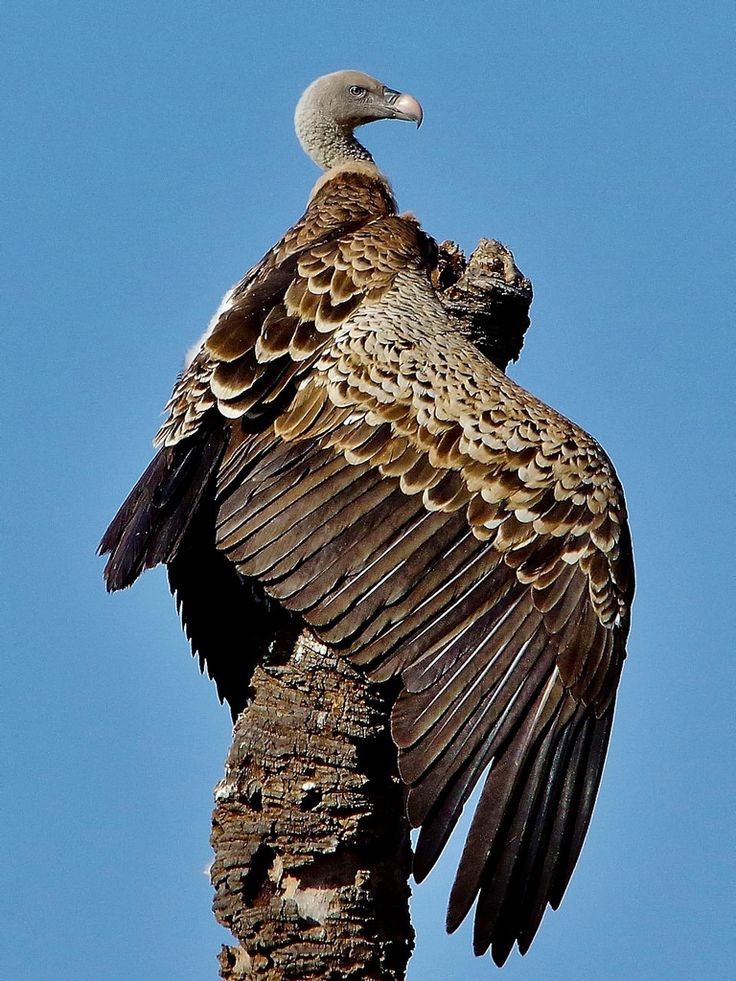
In the vast expanse of the skies, an awe-inspiring sight awaits those fortunate enough to witness it—the magnificent Griffon Vultures soaring effortlessly, casting their majestic silhouette against the backdrop of the heavens. These remarkable birds of prey captivate us with their grandeur, their vital role in ecosystems, and their unique adaptations.
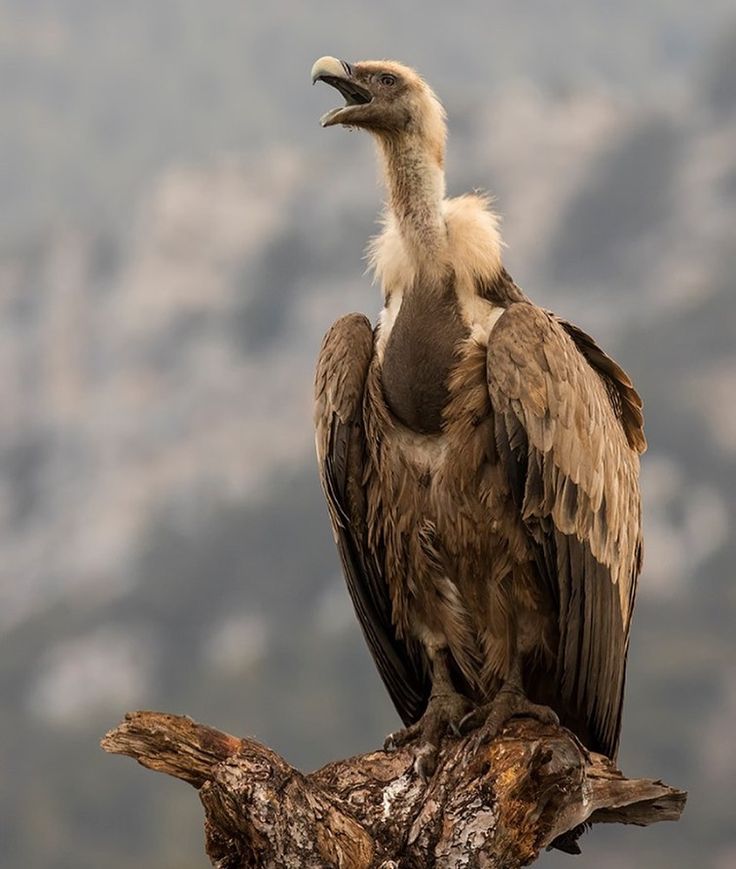
Griffon Vultures, scientifically known as Gyps fulvus, are large scavenging birds belonging to the family Accipitridae. With a wingspan of up to 9 feet (2.7 meters) and weighing around 20 pounds (9 kilograms), they are among the largest birds in the raptor family. Found predominantly in Europe, Africa, and Asia, these vultures have established themselves as an integral part of the ecosystems they inhabit.
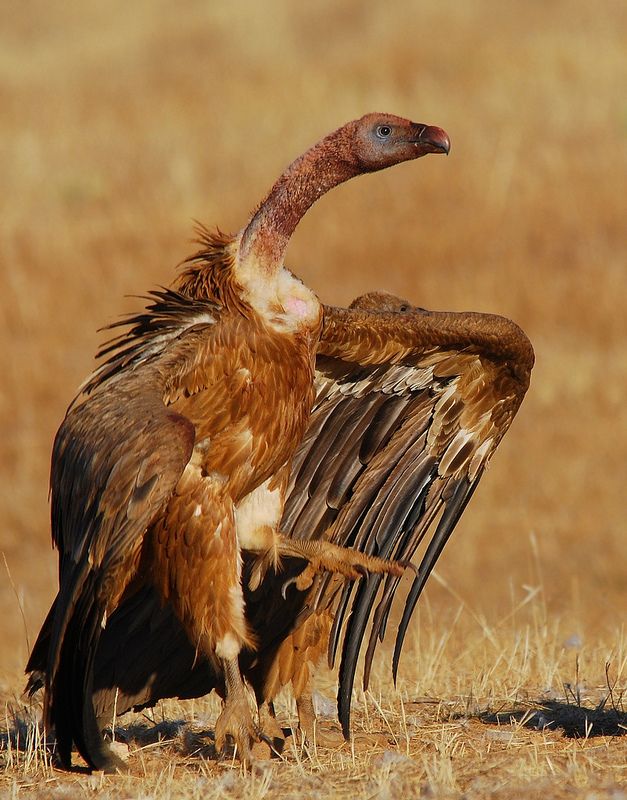
One of the most striking features of Griffon Vultures is their bald head and neck covered in wrinkled, pale-colored skin. While it may seem peculiar, this adaptation serves a purpose. Feeding on carrion, these scavengers need to keep themselves clean from the blood and other debris that often accompanies their meals. The bare skin on their head and neck allows them to maintain hygiene easily.
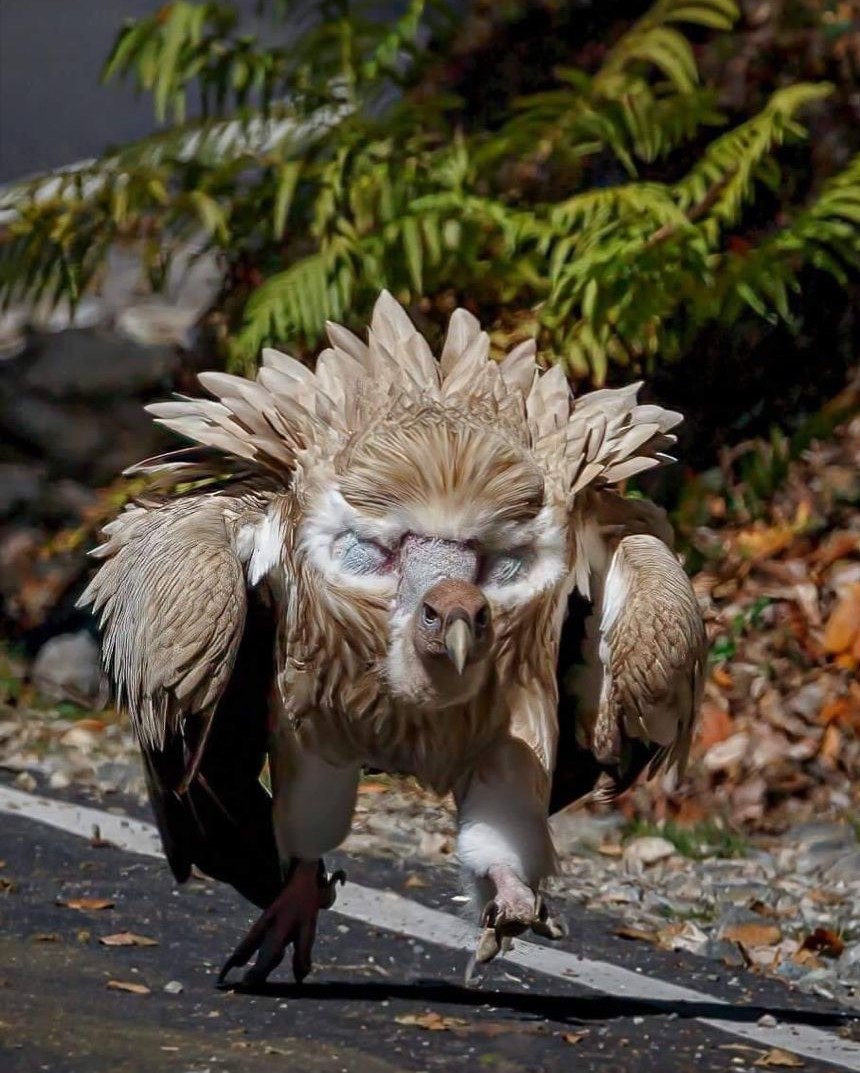
With a keen sense of smell, Griffon Vultures can detect the scent of decaying flesh from miles away. This remarkable ability helps them locate potential food sources, allowing them to play a crucial ecological role as nature’s clean-up crew. By consuming carcasses that would otherwise rot and spread disease, Griffon Vultures help maintain the delicate balance of their ecosystems.
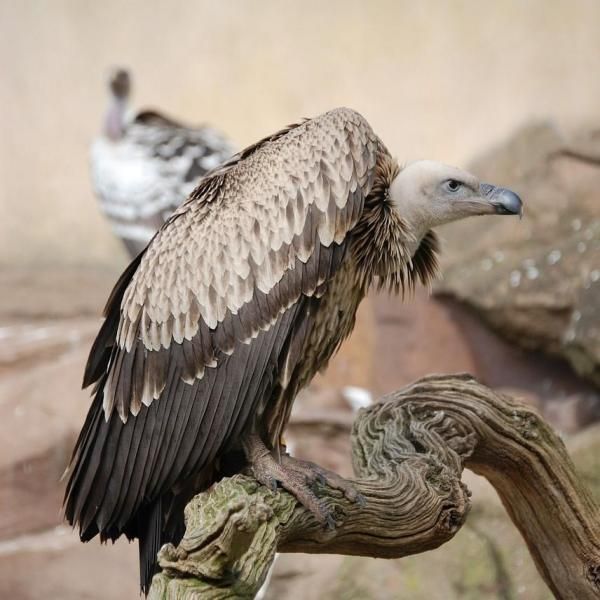
Social creatures by nature, Griffon Vultures are often seen in groups known as “kettles” while soaring through the sky. These kettles can comprise dozens of individuals, creating an impressive spectacle as they circle and glide on thermal updrafts. The vultures’ broad wings and soaring flight patterns allow them to travel great distances with minimal effort, conserving their energy for the critical task of locating food.
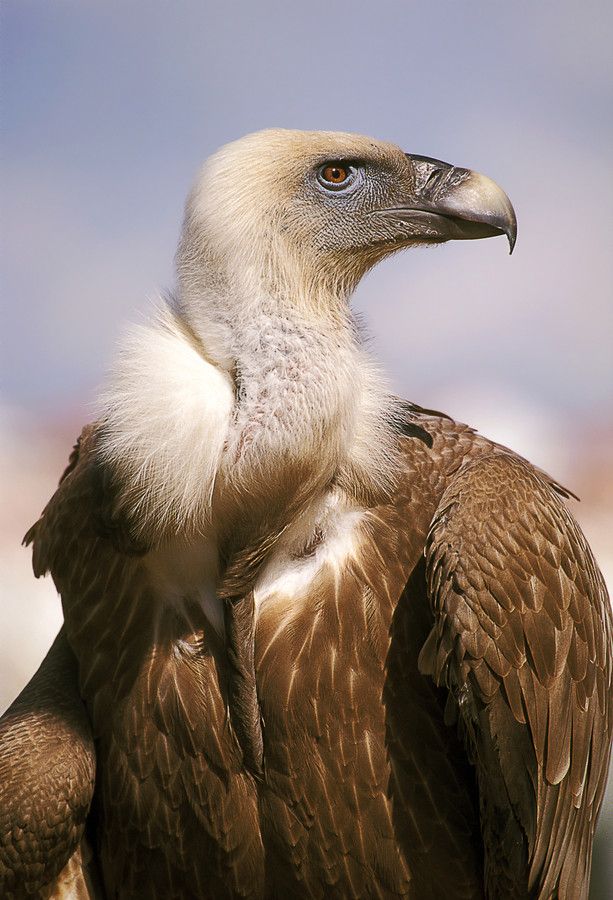
However, despite their remarkable capabilities, Griffon Vultures face numerous challenges and are classified as a species of conservation concern in many regions. Habitat loss, poisoning from carcasses contaminated with toxic substances, and collisions with power lines pose significant threats to their populations. Conservation efforts are underway to protect these majestic birds and ensure their survival for future generations to admire.
The presence of Griffon Vultures in the skies is a testament to the intricate web of life in our natural world. Their majestic flight, vital ecological role, and unique adaptations remind us of the remarkable diversity and beauty of the avian kingdom. As we strive to protect and conserve these magnificent creatures, we also safeguard the delicate balance of our ecosystems and the awe-inspiring sight of Griffon Vultures soaring high, ruling the skies with their majestic presence.



